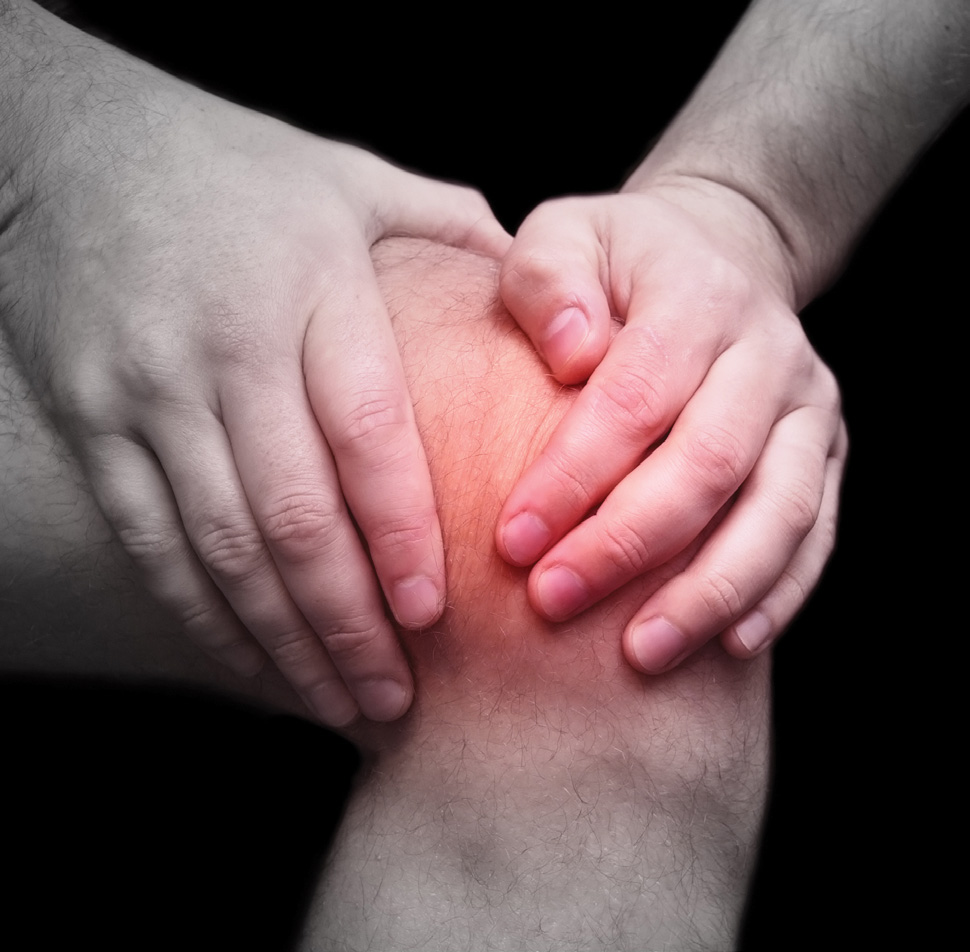
As people age, their knees may undergo degenerative changes. This may be as a result of previous injuries to knee structures (meniscus, ligament, cartilage) and genetic factors, and a condition called osteoarthritis can occur. In osteoarthritis, loss of cartilage can lead to knee stiffness and deformity, knee pain and difficulty with day-to-day activities.
Conservative management is generally the first step. The orthopaedic surgeon assesses the degree of pain and how it affects the patient’s life, and may prescribe painkillers and physiotherapy. The patient may be advised to lose weight and encouraged to perform activities such as brisk walking, swimming and cycling. Intra-articular injections of steroid or hyaluronic acid may also be useful. However, if pain persists and degenerative change is severe on X-rays, knee replacement surgery may be an option.
Partial or total?
The knee is described as having three compartments: medial (inner), lateral (outer) and patellofemoral (underneath the kneecap). Typically, the medial compartment is the first to wear out due to biomechanical factors.
If only one compartment is affected and other criteria are met, a knee surgeon may offer to replace only that compartment — a so-called partial or unicompartmental knee replacement. Potential advantages of partial knee replacements may include a smaller incision, decreased blood loss, less pain and a faster recovery. As the knee’s ligaments and soft tissues as well as other healthy compartments are preserved with a partial knee replacement, the patient has the potential to have a greater range of movement post-operatively compared to a patient undergoing a total knee replacement.
Should all knee compartments be affected, the patient may be suitable for total knee replacement to relieve pain and improve quality of life. After the procedure, the patient might not regain a full range of movement, and difficulty in kneeling or squatting can occur. However, the main aim of the surgery is to relieve pain.
Data from long-term studies suggest that certain types of knee replacement can have a survival rate as high as 92% at 30 years. Although certain types of partial knee replacement can also have a long lifespan — some as high as 90% survival rate at 15 years — data from joint registries suggest that, in general, partial knee replacements have a higher revision rate compared to total knee replacements.
Careful explanation by the surgeon of the advantages and disadvantages of partial versus total knee replacement is important to manage patient expectations and allow informed consent to take place.
The role of robotics
Several robotic systems, such as the Makoplasty system, are currently available in Singapore to help surgeons perform joint replacements with the aim of achieving greater precision and reproducible results.
Pre-operatively, the patient undergoes a CT scan from hip to ankle to generate a 3D map of the knee. The surgeon uses this map to plan where to place the knee implants. During the procedure, the surgeon registers specific points of the knee onto the map. A robot arm is then used to remove the desired amount of bone. The robot will not venture beyond the preset areas — increasing the degree of safety and accuracy, and reducing the risk of damaging important structures such as blood vessels or ligaments.
Recovery period
The patient should be able to stand and walk with assistance on the day of the surgery. A physiotherapist will teach the patient exercises to strengthen the knee muscles and decrease swelling, and will supervise exercises for several weeks following discharge from hospital.
Some knee replacement patients are fit for discharge from hospital as soon as one or two days following surgery. Recovery time varies and depends on factors like age, pre-operative knee function, muscle strength, pain tolerance and home support. The wound typically heals within two weeks, and normally patients can get back to office work and driving at around six weeks following surgery.







